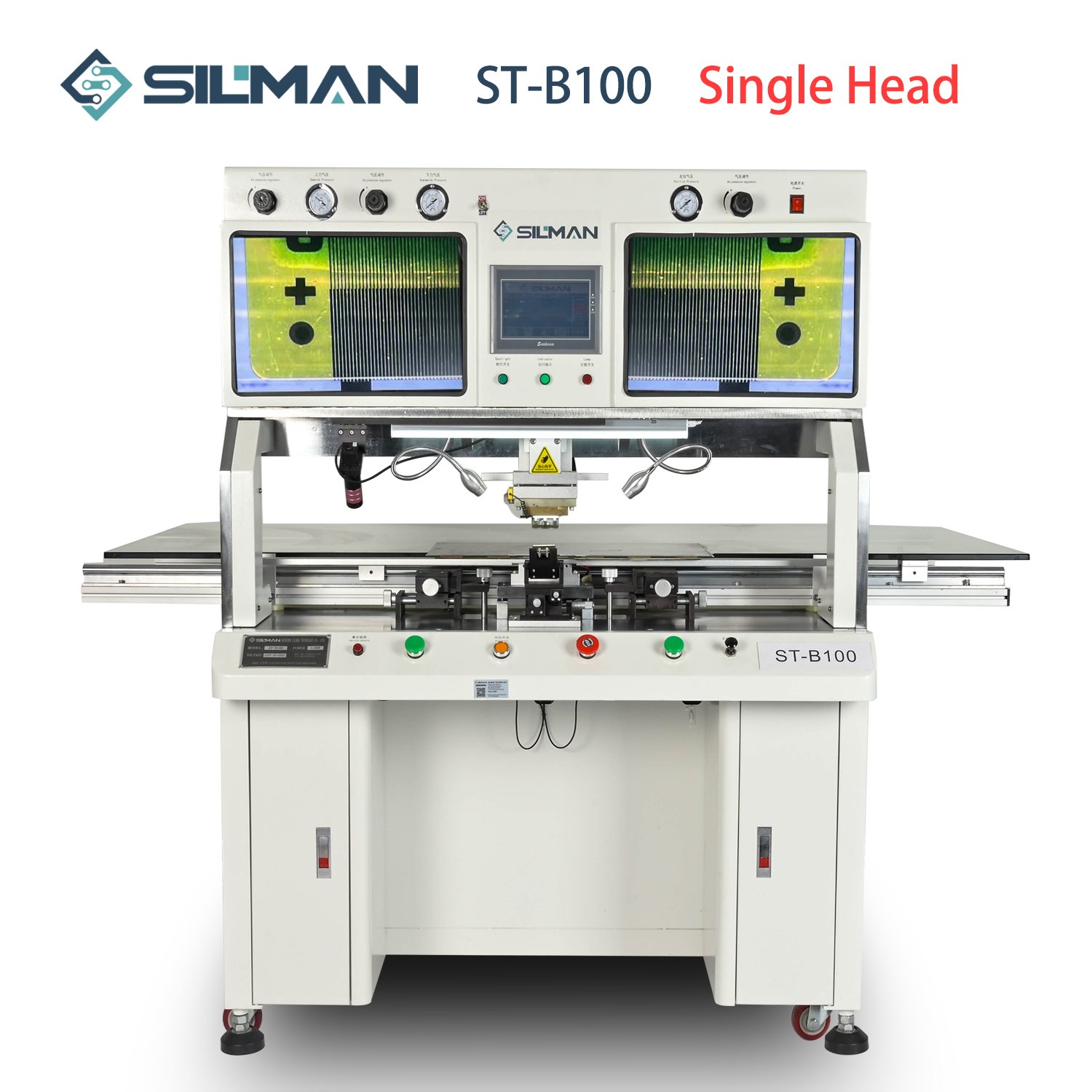Before discussing why water-based cleaning agents are preferred over solvent-based ones for circuit board cleaning, let’s first examine the advantages and disadvantages of solvent-based cleaning agents. Organic solvent cleaning agents can be classified into flammable and non-flammable categories based on safety factors. Flammable solvents mainly include organic hydrocarbons, alcohols, and esters, while non-flammable solvents mainly consist of chlorinated hydrocarbons and fluorinated hydrocarbons. The process principles are as follows:
- HFC/HCFC: These are primarily composed of hydrogen-containing fluorinated chlorinated hydrocarbons. The advantages include good volatility and fast drying speed after PCBA cleaning. However, they are expensive, have weak cleaning capabilities, are not environmentally friendly, and can contribute to ozone layer depletion, which may lead to future restrictions on their use.
- Chlorinated hydrocarbons: Represented by substances such as dichloromethane and trichloroethane, these solvents have strong cleaning capabilities for oil-based contaminants, are non-flammable, and are safe to use. However, they have high toxicity, poor compatibility with plastics and rubber, and can corrode circuit boards due to their poor stability.
- Hydrocarbons: These are mainly composed of hydrocarbons such as gasoline and kerosene. Hydrocarbons have strong cleaning capabilities for oil-based contaminants and are non-corrosive to metals due to their low surface tension. They have low toxicity and are easy to use. However, their main disadvantage is their flammability and potential safety hazards, requiring strict precautionary measures.
- Alcohols: Examples include methanol, ethanol, and isopropanol. Alcohols have strong dissolving capabilities for polar pollutants and are effective for cleaning rosin, but they are less effective for cleaning oil-based contaminants. They do not corrode metals or plastics and dry quickly. However, they have high volatility and flammability, posing safety hazards during use.
Wouldn’t it be perfect to leverage the advantages and avoid the disadvantages of organic solvent cleaning agents? Of course, it would be! This is where water-based cleaning agents come in to solve this dilemma. Water-based cleaning technology uses water as the cleaning medium and is supplemented with surfactants, solvents, defoamers, corrosion inhibitors, and other additives. By utilizing various mechanisms such as dissolution, adsorption, and penetration, water-based cleaning agents can remove various contaminants. The main characteristics of water-based cleaning processes are non-flammability, non-toxicity, environmental friendliness, safety in operation, strong cleaning capabilities, low loss during cleaning, and low cost. Due to the high flexibility in formulating effective ingredients, water-based cleaning agents can be tailored to meet the specific requirements of PCBA, addressing many challenges that organic solvent cleaning agents cannot overcome.
Considering the characteristics of solvent-based and water-based cleaning agents, it is evident that, with the increasing awareness of safety and environmental protection and the growing demand for specialized PCBA cleaning, water-based cleaning agents stand out due to their flexible formulations and component versatility. They represent the future prospects of PCBA cleaning technology.
